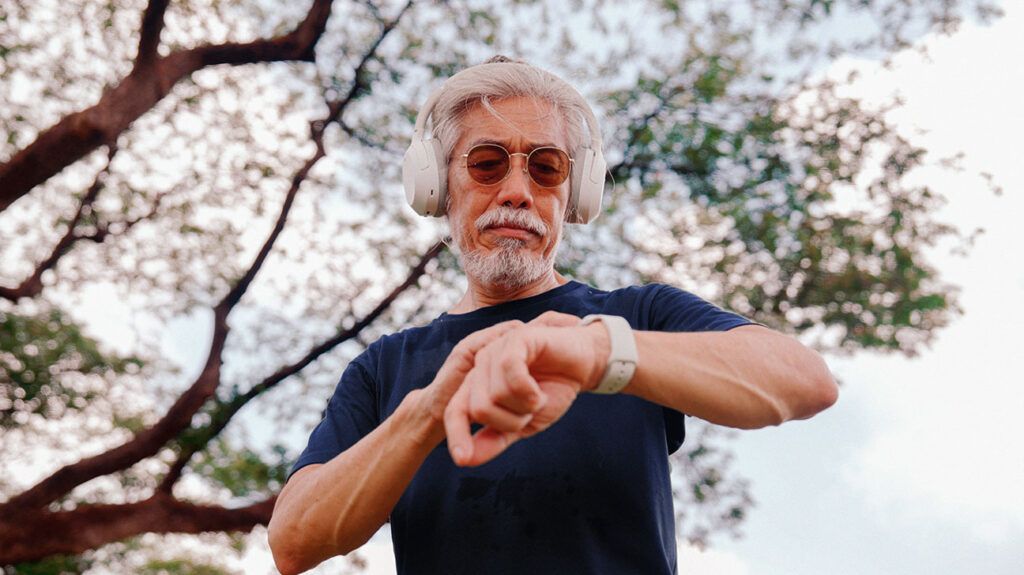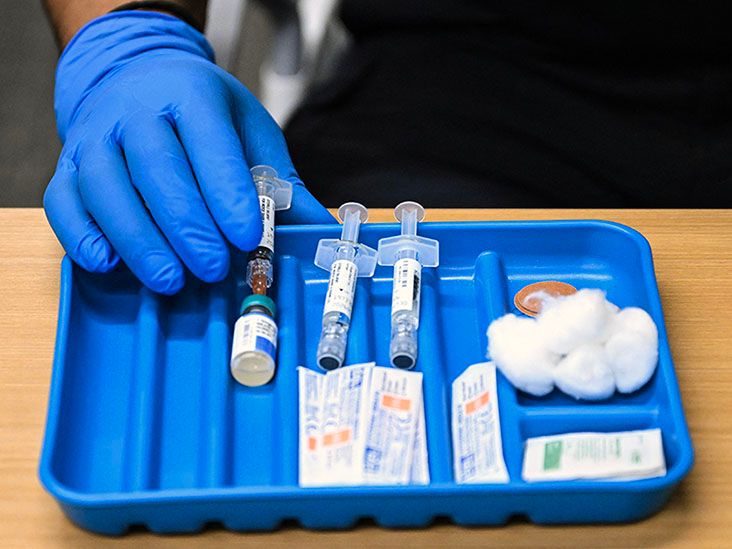High impact exercises may stress joints, worsening the symptoms of osteoarthritis. However, regular physical activity with low impact exercises is essential to help manage the disease.
Osteoarthritis is the most common type of arthritis worldwide, causing joint pain and loss of function. Experts recommend that people with osteoarthritis keep physically active to help manage their weight and to help prevent their symptoms from worsening. However, some types of exercise may be unsuitable, as they can cause stress on the joints.
People may be able to start or continue exercises they enjoy by making adaptations such as avoiding running on hard surfaces or ensuring they warm up and stretch properly.

The
The Arthritis Foundation (AF) notes that aerobic activity can help maintain flexibility and improve muscle strength. However, it also advises that people with osteoarthritis should not take part in high impact aerobics or running without their doctor’s approval.
If someone runs, plays basketball, or partakes in any other high impact activity, it is advisable to avoid doing so on hard surfaces. Additionally, people need to avoid engaging in daily high impact activity and make sure to take rest days. They also note that while strength training helps make joints more stable, people must avoid over-training or jerking weights quickly.
A 2023 systematic review notes that repetitive impact and loading in athletes can result in damage to the articular cartilage. This is the smooth tissue that covers the ends of bones where they meet at joints.
Health experts advise that when damage occurs to the articular cartilage with repetitive use, arthritis may develop over time. In addition, an injury that may occur during sport or exercise may make a person more likely to develop osteoarthritis.
Other
In addition, people can make dietary changes to support osteoarthritis. The AF recommends focusing on a diet rich in whole foods to help counteract inflammation. It suggests trying the Mediterranean diet, which studies confirm has many health benefits, including helping arthritis by curbing inflammation. The Mediterranean diet includes the following foods that may help with pain and swelling in osteoarthritis:
- oily fish
- fruits and vegetables
- beans and legumes
- whole grains
- nuts and seeds
- olive oil
The Arthritis Foundation notes that nightshade vegetables such as eggplant and bell peppers contain antioxidants that can benefit health. However, they also contain solanine, which may trigger arthritis pain in some people. The AF states there is no scientific evidence that nightshade vegetables trigger arthritis flares. The organization advises people to monitor the individual effects on their symptoms.
In addition to diet and lifestyle strategies, a doctor may recommend other treatments for osteoarthritis, depending on the severity. These may
- medications, such as nonsteroidal anti-inflammatory drugs (NSAIDs)
- injections into the joints
- surgery
- physical therapy using braces, splints, or assistive devices
- orthotics for shoes
Someone can consult their doctor about which treatments are suitable for them.
Exercise and physical activity is an essential part of managing osteoarthritis. Well-rounded exercises can include:
- muscular endurance and strength training
- stretching and joint mobility trains to improve range of motion
- aerobic fitness to improve stamina and cardiovascular endurance
Therefore, people can try a combination of the following exercises:
- walking
- swimming
- non-swimming aquatic exercises that people perform in water
- using the elliptical training machine
- cycling
- jogging
- yoga or Pilates
- basic stretching exercises for hamstrings, neck, back, and shoulders
- weight-bearing exercises using dumbbells or resistance bands
Exercise is essential for managing osteoarthritis, and people need to ensure they take on regular physical activity. However, it is important to avoid high impact exercises that can damage the joints and worsen symptoms.
If a person engages in these activities, it is essential that they warm up properly and stretch to help prevent pain and stiffness. People also need to avoid training on hard surfaces wherever possible. Jerking or bouncing during exercise may worsen symptoms, as may overtraining or overloading the joints.
A combination of low impact activities can help manage osteoarthritis. This can include a combination of strength, flexibility, and aerobic activities, such as such as walking, yoga, and suitable weight training. It is also advisable for a person living with osteoarthritis to check with a doctor before taking up new activities.


